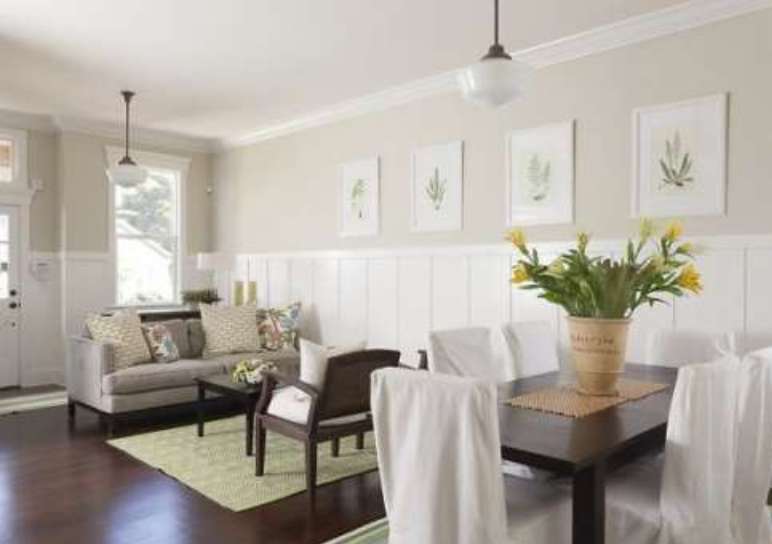Ceiling Solutions
EVERYTHING YOU NEED TO KNOW ABOUT THE TRADITIONAL WALL PANELING STYLES
Do the terms wainscoting, beadboard, and shaker sound familiar to you? If they don’t, you will be an expert on them by the time you reach the end of this article. These are just a few of the terms that are used to describe the different types of wall paneling options available in the market. They are a great way to add character, dimension, and interest to a room, and the best part is, they don’t cost a fortune. With a little patience, you can install them yourself without professional help. Let us take a look at some of the most common types of wall paneling.
Shaker
Shaker paneling refers to a type of wainscoting where the panels look like square boards that have sunken square right in the middle. It is ideal for a number of styles as the paneling can look both contemporary and traditional. Shakers are best installed in rooms with chair rails and without a lot of breaks or cabinets in the wall. If you are planning to install them yourself, make sure that you measure the entire length of the wall, from the door to the corners as well as the height of the room between the chair rail and the baseboard.
Wainscoting
Wainscot panels are made of vertical tongue and groove boards that are broken up into squares that run the entire length of the wall. They are a more traditional option than shaker paneling and they are perfect if you want to give a fresh and more countryside feel to the room. They are perfect for mudrooms and kitchens. Once you have measured up the length of the walls, then you’ll be able to calculate the number of panels you need to deck the room up.
Beadboard
Beadboard paneling also runs the length of the entire wall. It need not be made out of wood necessarily, making it a more inexpensive and affordable paneling option. The continuous design also makes it a great paneling option for everything from ceilings to bathrooms. While more commonly seen in rustic or traditional bathrooms, they don’t necessarily have to impart a cutesy feel. They can look sleek too if done the right way. And best of all, they add a visual contrast to dull and dreary looking spaces. If you want to save money, you can install whole sheets instead of placing it piece by piece.
Edwardian
This is one of the more utilitarian paneling styles and is ideal for any contemporary space. They are a less fussy and a more utilitarian version of Victorian era boards. They are also not as austere as the war influenced designs that followed. The vertical panels are great if you want to add the illusion of height to a space with a low ceiling. The ornamental grooves around the panels also add a touch of elegance to the space. If you want to add visual interest to the room, you can break the panel up into two separate rectangles.
Renaissance
Renaissance paneling gives you a modern twist on the kind of ornate and baroque panels that used to adorn renaissance palaces of yore. They are bigger and a bit more unwieldy than the other paneling options and they are often used to decorate an entire wall with the help of a large and well-defined rectangle. If you want the illusion of a taller ceiling, then you can stack a larger panel on top of a smaller one.
Craftsman
Craftsman paneling is the way to go if you want a handcrafted, artisanal look to your wall panels. The panels look as though wood strips are layered over a wooden wall. Most of the craftsman panels are more than six feet tall and they instantly grab the eye with their distinct, cabin-like look and feel. The top of the paneling is usually adorned with a plate rail that can be used to display trinkets, paintings, and other bric-a-brac.
There is no dearth of options when it comes to wall panels. With customized panels made from eco-friendly and inexpensive materials like wood fiber and bagasse, you can redo your residential or commercial space any way you want to. And the best part is, you can change them anytime you want to without breaking the bank.

